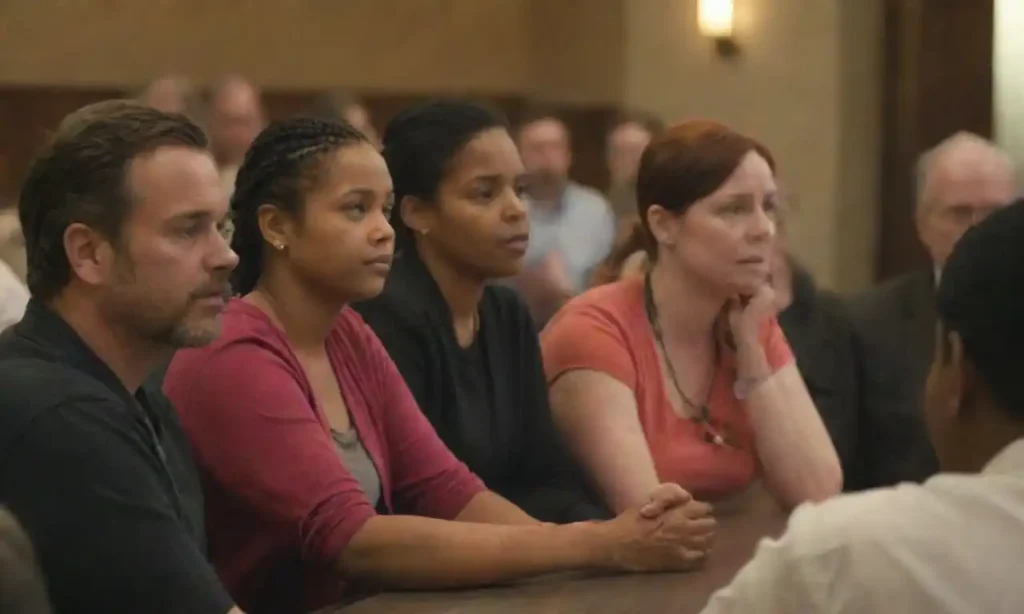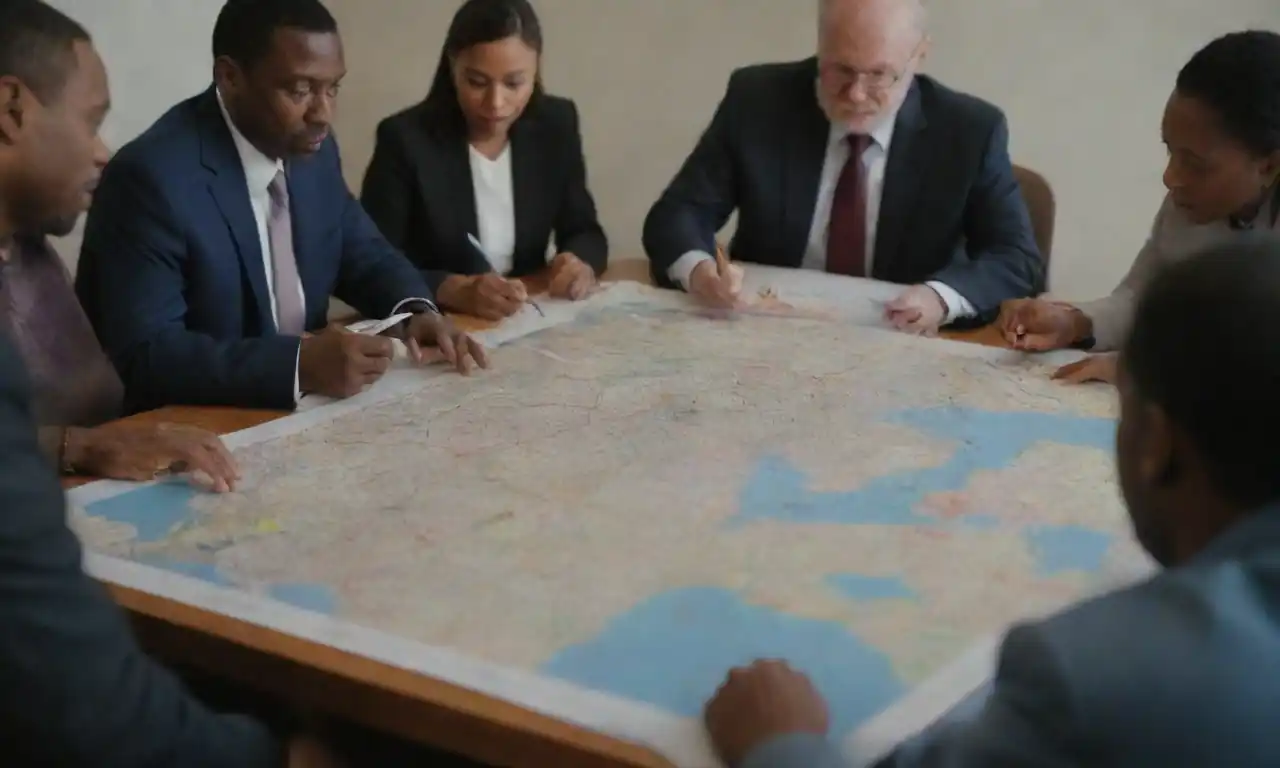Strategies for Connecting with Community Leaders Successfully

Building strong connections with community leaders is vital for anyone aiming to drive positive change in their neighborhoods or organizations. These leaders possess valuable insights and resources that can significantly amplify the impact of initiatives, foster social relations, and stabilize local development. Achieving successful relationships with them involves understanding their objectives, communicating effectively, and demonstrating genuine commitment to community values. In this dynamic environment, establishing trust and credibility becomes paramount for creating lasting partnerships.
This article aims to explore effective strategies for connecting with community leaders, detailing practical steps that individuals and organizations can take to cultivate relationships that lead to meaningful collaboration. We will delve into the importance of understanding the local context, the significance of community involvement, crafting a compelling message, and the role of networking. Through these discussions, we aspire to equip readers with the tools they need to engage community leaders successfully and foster an environment of cooperation and trust.
Understanding the Local Context

One of the first steps in connecting with community leaders is to gain an in-depth understanding of the local context in which they operate. Each community is unique, characterized by its own history, culture, demographic composition, and socioeconomic conditions. Familiarizing oneself with these elements can significantly enhance the effectiveness of your outreach efforts. It allows you to identify the key issues that matter to the community and understand the perspectives of its leaders. Engaging with local history through public records, community narratives, and cultural resources not only provides background knowledge but also demonstrates respect for the community’s identity.
Furthermore, knowing the *community leaders* and their roles within the local framework is essential. Familiarize yourself with their accomplishments, values, and goals. Each leader often has a personal story or mission that drives their community initiatives. This knowledge can serve as a foundation for building rapport, as you can tailor your messages to align with their vision for the community. It also facilitates better dialogue and engagement, demonstrating that you are not merely seeking an advantage but genuinely interested in mutual growth and progress.
The Significance of Community Involvement
Successful connection with community leaders is inherently linked to active community involvement. Participating in local events, meetings, and initiatives provides an avenue for you to immerse yourself in community dynamics. It demonstrates a commitment to understanding local challenges and shows your willingness to contribute positively. This involvement plays a crucial role in establishing your credibility and presence within the community. The more you engage with community activities, the better you will understand the pulse of the community, which, in turn, enriches your conversations with leaders.
Moreover, this kind of involvement allows you to witness firsthand the challenges and opportunities that exist within the community. When you can bring personal experiences and observations into conversations with *community leaders*, it fosters deeper discussions about potential collaborative efforts. For instance, if you participated in a cleanup event, you might find common ground in addressing waste management issues during your discussions with community leaders. Such shared experiences enhance your position as a partner who understands the community's needs rather than as an outsider imposing solutions.
Crafting a Compelling Message
When reaching out to community leaders, it is essential to present a clear and compelling message. This involves articulating your objectives, the purpose of your outreach, and how your initiatives align with the goals of the community. By creating a narrative that speaks to shared interests, you can effectively capture the attention of *community leaders*. Consider developing a pitch that highlights the mutual benefits of collaboration. This could include enhancing local service delivery, addressing pressing issues, or accumulating resources that amplify the reach of community projects.
Your messaging should resonate on multiple levels, appealing not only to the rational aspects of decision-making but also to emotional connections. Demonstrating empathy and understanding of local issues can strike a chord with community leaders and foster a desire for partnership. For example, if you aim to launch a youth program, discussing statistics around youth unemployment may catch their attention, but pairing that data with personal stories from local youth could inspire action and connection. Make sure your communication is authentic, as community leaders are often adept at sensing insincerity. Craft your message around how you can serve the community alongside local leaders, ensuring that you position yourself as an ally rather than an adversary.
The Role of Networking
Networking can play a pivotal role in forging connections with community leaders. Building relationships isn’t always about direct outreach; it also involves cultivating connections within the ecosystem of your community. Attend local gatherings, public meetings, or social events where community leaders may be present. Engaging in conversations in informal settings often leads to more genuine interactions and connections. These casual settings can provide opportunities to share experiences and learn more about the values, motivations, and challenges faced by leaders.
In addition to face-to-face networking, consider leveraging digital platforms. The rise of social media has transformed the way individuals engage with each other. Following community leaders on platforms like Twitter, LinkedIn, or Facebook allows you to stay informed of their updates and concerns. By interacting with their posts, sharing insightful content, or commenting thoughtfully, you can establish yourself as an engaged member of the community even from a distance. This can act as a bridge that fosters eventual in-person meetings, converting online connections into real-world partnerships.
Establishing Trust and Credibility
Trust and credibility are foundational elements in any relationship, particularly when aiming to connect with *community leaders*. It is important to be honest and transparent about your intentions from the outset. Demonstrating consistent actions that reflect your values can reinforce your reliability and commitment. Regular communication, even when you do not have an immediate agenda, shows that you value the relationship beyond transactional goals. For instance, providing updates on community projects, celebrating shared successes, and acknowledging the contributions of community leaders can reinforce these connections over time.
Moreover, consider being an advocate for local initiatives championed by community leaders. By publicly supporting their projects, you not only solidify your allyship but also enhance their visibility. This goodwill gesture can go a long way in solidifying your reputation as a partner invested in the well-being of the community. Being seen as a connector of resources and opportunities allows you to build a robust network of relationships among leaders and advocates, ultimately benefiting the community as a whole.
Conclusion
In conclusion, connecting with community leaders is a multifaceted endeavor that requires a deep understanding of local contexts, active participation, compelling messaging, and effective networking. Building these relationships hinges on trust and credibility, which can only be forged through genuine engagement and consistent efforts. By implementing these strategies, individuals and organizations can place themselves in a better position to foster collaboration, influence positive community outcomes, and achieve shared objectives. As we reflect on the journey toward effective community engagement, it is crucial to remember that these relationships are not merely about personal or organizational gain. They are essential for nurturing vibrant and resilient communities, ultimately leading to a shared commitment to social, economic, and cultural development.

Leave a Reply